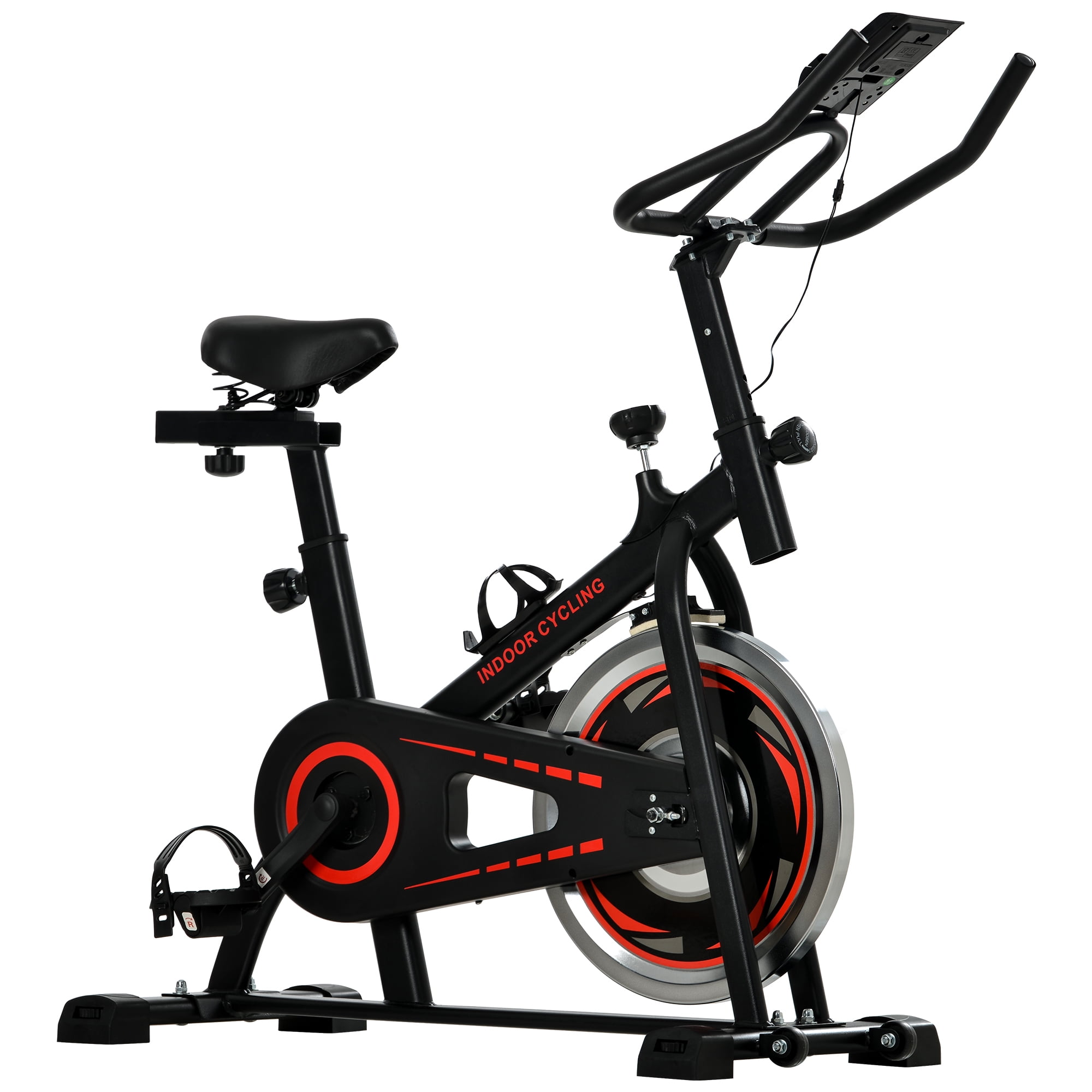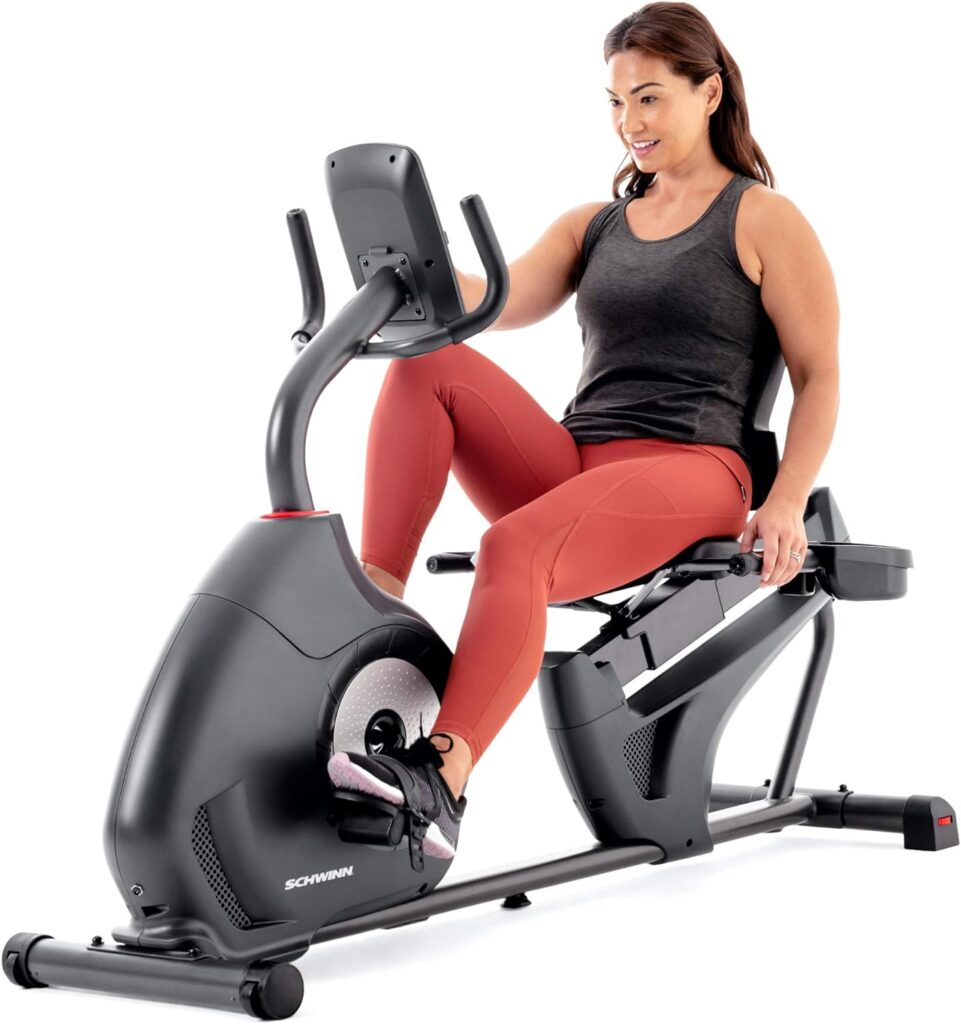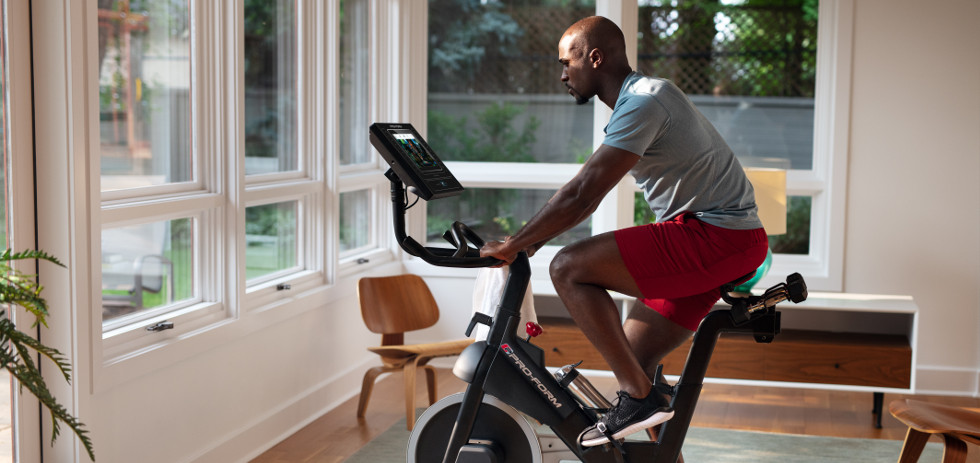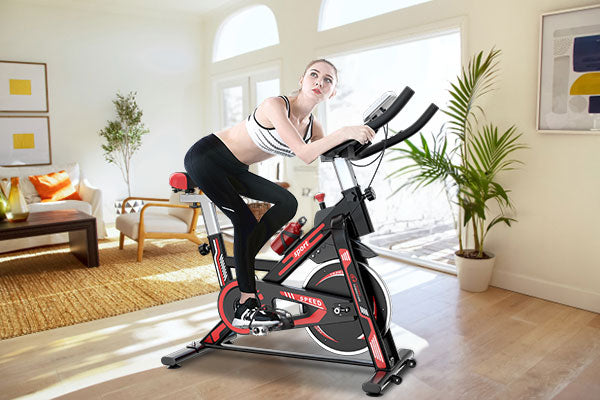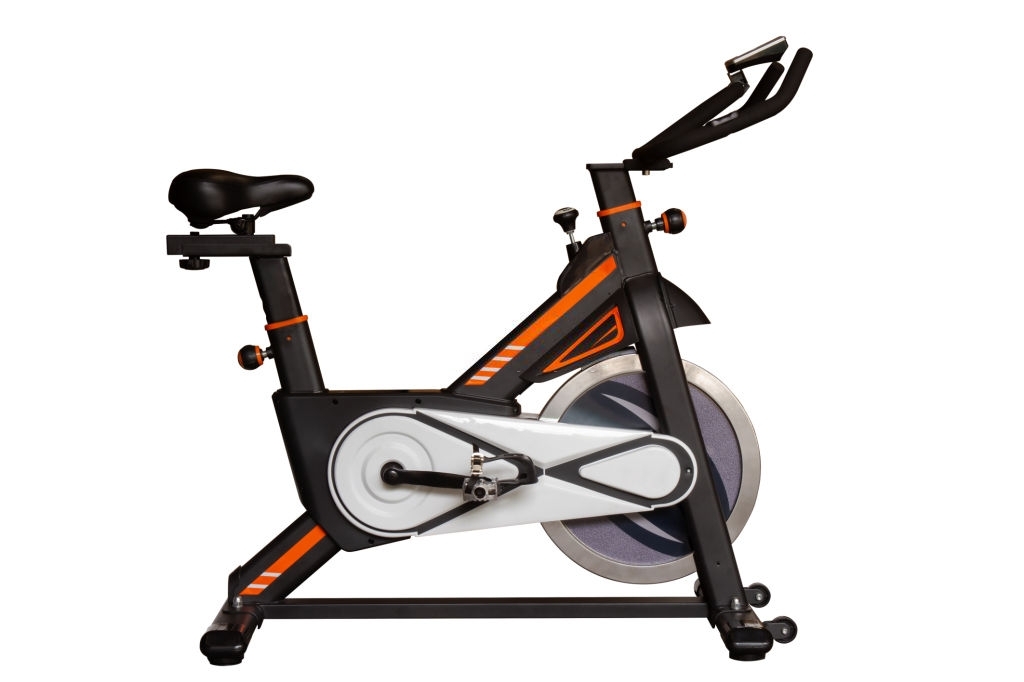Exercise Bike To Lose Stomach Fat

Imagine the soft glow of dawn filtering through your window, the gentle hum of a stationary bike replacing the jarring blare of an alarm. You're not dreading the day, but rather embracing the quiet opportunity to sculpt a stronger, healthier you. Each rotation of the pedals feels like a step towards shedding that stubborn midsection weight, unlocking a newfound confidence and vitality.
The quest to lose stomach fat is a common pursuit, and while there's no magic bullet, incorporating an exercise bike into your routine can be a highly effective strategy. This article explores how utilizing an exercise bike, combined with a balanced diet and lifestyle, can contribute to reducing abdominal fat and achieving your fitness goals, offering a practical and sustainable approach to wellness.
The Science Behind the Burn
Losing stomach fat, or visceral fat, hinges on creating a calorie deficit – burning more calories than you consume. Exercise bikes are excellent tools for achieving this deficit. They provide a cardiovascular workout that elevates your heart rate and increases energy expenditure.
According to the American Heart Association, regular physical activity, including cycling, helps improve cardiovascular health and reduce the risk of chronic diseases like type 2 diabetes and heart disease, often linked to excess abdominal fat.
Unlike spot reduction, which is a myth, cycling burns calories throughout your body. This overall fat loss will eventually lead to a reduction in stomach fat as your body utilizes stored energy reserves. A 2010 study published in the Journal of Applied Physiology found that high-intensity interval training (HIIT) on a stationary bike was particularly effective at reducing abdominal fat in overweight individuals.
Types of Exercise Bikes and Training Styles
Several types of exercise bikes cater to different preferences and fitness levels. Upright bikes mimic the posture of outdoor cycling, engaging your core for balance and stability. Recumbent bikes offer a more relaxed, seated position, reducing strain on your back and joints, making them suitable for beginners or individuals with back pain.
Spin bikes, with their heavier flywheels and adjustable resistance, provide a challenging workout that simulates hill climbs and sprints, favored by those seeking a high-intensity experience.
Effective training strategies vary depending on your fitness level and goals. Steady-state cardio, involving consistent moderate intensity for a prolonged period (e.g., 30-60 minutes), is excellent for building endurance and burning calories. HIIT involves alternating between short bursts of intense effort and periods of rest or low-intensity activity. This method is highly efficient for burning calories and improving cardiovascular fitness.
Sample Workout Routines
Here are a couple of example routines to get you started:
Beginner: 30 minutes of moderate-intensity cycling, maintaining a consistent pace and comfortable resistance. Focus on maintaining good posture and breathing deeply.
Intermediate: 40 minutes, alternating between 5 minutes of moderate intensity and 2 minutes of slightly higher intensity. Cool down with 5 minutes of low-intensity cycling.
Advanced (HIIT): 20 minutes, alternating between 30 seconds of maximum effort and 30 seconds of low-intensity recovery. Repeat this cycle for 20 minutes, followed by a 5-minute cool-down.
The Importance of a Holistic Approach
While an exercise bike is a valuable tool, it’s essential to recognize that losing stomach fat requires a holistic approach. Diet plays a crucial role in weight management. Focus on consuming whole, unprocessed foods, including fruits, vegetables, lean protein, and whole grains.
Reducing your intake of processed foods, sugary drinks, and unhealthy fats is critical. Consider consulting a registered dietitian or nutritionist to create a personalized meal plan that supports your fitness goals. The National Institutes of Health (NIH) emphasizes the importance of combining physical activity with a healthy diet for optimal weight management.
Stress management and adequate sleep are often overlooked but vital components of a successful weight loss journey. Chronic stress can lead to increased cortisol levels, which can promote fat storage, particularly in the abdominal area. Aim for 7-9 hours of quality sleep per night and incorporate stress-reducing activities like yoga, meditation, or spending time in nature.
Real-Life Success Stories
Many individuals have successfully transformed their health and fitness by incorporating exercise bikes into their routines. Sarah Miller, a 45-year-old mother of two, initially struggled to find time for exercise.
After purchasing a stationary bike, she began cycling for 30 minutes each morning before her family woke up. Within a few months, she noticed a significant reduction in her waist size and an increase in her energy levels. "The exercise bike was a game-changer for me," she says. "It was convenient, effective, and helped me regain control of my health."
David Chen, a 60-year-old retiree, used an exercise bike to rehabilitate after a knee injury. He started with short, low-intensity sessions and gradually increased the duration and intensity as his knee healed. Not only did he regain his mobility, but he also lost a considerable amount of weight around his midsection. "The bike gave me a new lease on life," he explains.
Choosing the Right Bike and Staying Motivated
Selecting the right exercise bike depends on your budget, space constraints, and fitness goals. Consider factors like adjustability, resistance levels, console features (e.g., tracking metrics like time, distance, and calories burned), and user reviews before making a purchase.
Maintaining motivation is key to long-term success. Set realistic goals and track your progress. Find a cycling buddy or join an online community for support and accountability. Vary your workouts to prevent boredom and challenge your body in different ways.
Remember that consistency is more important than perfection. Even short, regular cycling sessions can make a significant difference in your overall health and fitness. Reward yourself for reaching milestones, but avoid using food as a reward.
Addressing Common Concerns
Some individuals may have concerns about the impact of cycling on their joints. While high-impact activities can exacerbate joint pain, cycling is generally considered a low-impact exercise, making it suitable for individuals with arthritis or other joint conditions.
However, it’s important to ensure proper bike setup and posture to minimize strain. Adjust the seat height so that your knees are slightly bent at the bottom of the pedal stroke. Avoid locking your knees during the exercise.
If you experience any pain or discomfort, stop the activity and consult a healthcare professional. Some people worry about the cost of an exercise bike, however, the investment in an exercise bike can pay off in the long run by reducing healthcare costs and improving overall quality of life.
Conclusion: A Sustainable Path to a Healthier You
Losing stomach fat is a journey, not a destination. An exercise bike can be a powerful ally in this journey, helping you burn calories, improve cardiovascular health, and build strength and endurance.
By combining regular cycling with a balanced diet, stress management, and adequate sleep, you can achieve sustainable weight loss and unlock a healthier, more confident you. Remember to listen to your body, celebrate your progress, and embrace the process of becoming the best version of yourself.
So, hop on that bike, feel the burn, and pedal your way to a trimmer, healthier future. The journey awaits, and the results are within reach.






